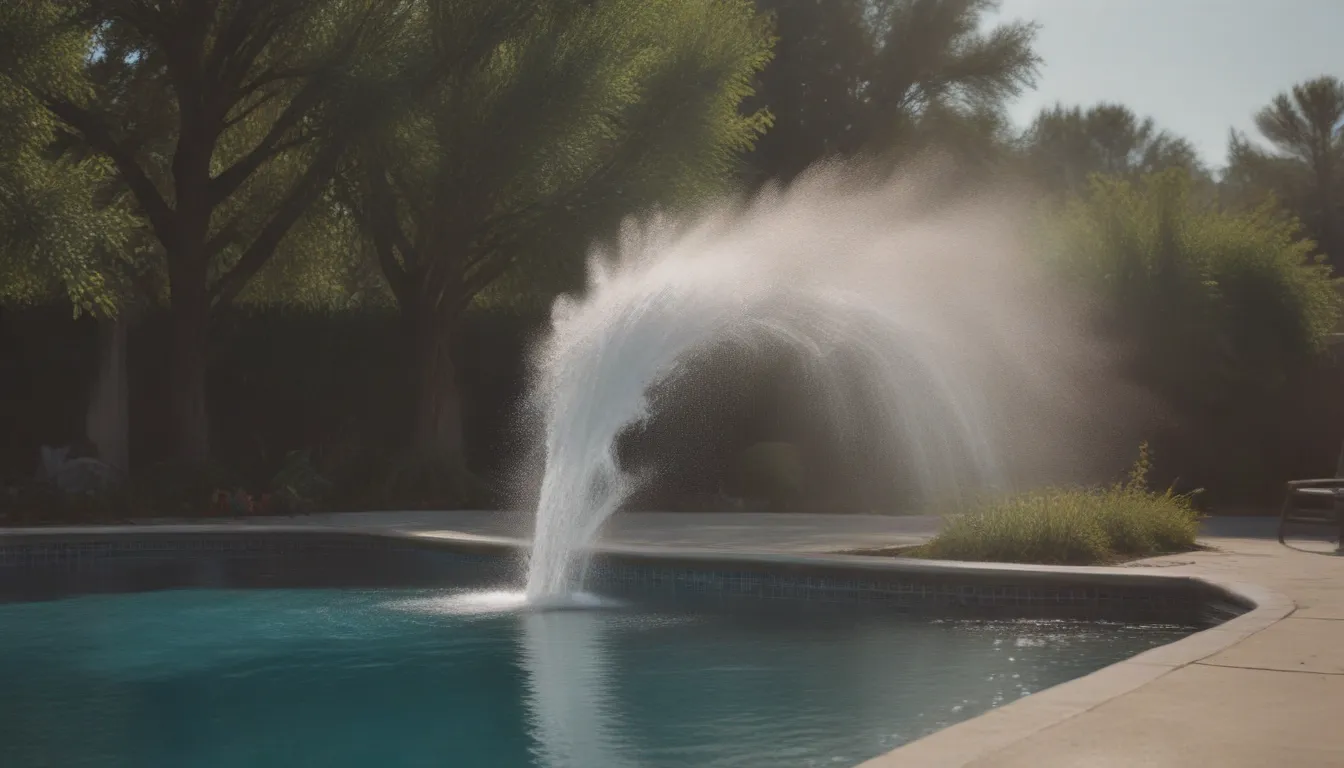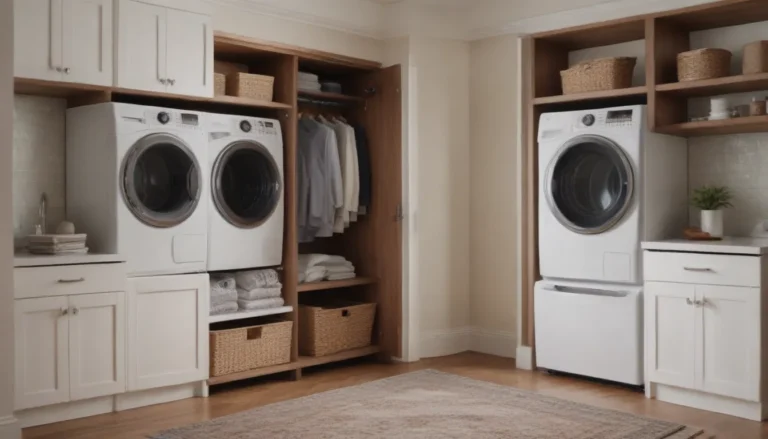A Comprehensive Guide to Safely Using Muriatic Acid for Your Pool

Are you a proud pool owner looking to maintain your pool’s cleanliness and efficiency with the right pool chemicals? One essential chemical you may come across in your pool maintenance journey is muriatic acid. In this detailed guide, we will delve into what muriatic acid is, the purpose of using it, how it affects your pool’s pH level, the correct amount to use, and the potential consequences of overuse. Dive into this informative resource to learn everything you need to know about effectively using muriatic acid in your pool.
Understanding Muriatic Acid and Its Role in Pool Maintenance
To start off, let’s explore what muriatic acid actually is. Muriatic acid, also known as hydrochloric acid, is a powerful chemical commonly used in pool maintenance to regulate the pH level of the water. When added to your pool, muriatic acid works by lowering the pH level of the water. In simple terms, pH measures the acidity or alkalinity of a substance; a lower pH indicates higher acidity, while a higher pH reflects greater alkalinity. Ideally, the pH level of a pool should fall within the range of 7.4 to 7.6 to maintain optimal water quality.
The Impact of Muriatic Acid on pH Levels
When muriatic acid is introduced into your pool water, it effectively reduces the pH level, thereby making the water more acidic. It’s crucial to exercise caution when adding muriatic acid to your pool, as an excessive amount can lead to corrosive damage to the pool’s components and surfaces. This underscores the importance of carefully measuring and controlling the amount of muriatic acid you use in your pool maintenance routine to avoid potential harm.
How to Safely Incorporate Muriatic Acid into Your Pool Maintenance Routine
Proper Handling and Safety Measures
Before delving into the process of adding muriatic acid to your pool, it’s imperative to prioritize safety. Handling hazardous chemicals such as muriatic acid requires the following protective gear:
- Acid-resistant gloves
- Closed-toe boots
- Long-sleeved clothing
- Eye protection
Additionally, ensure you have access to a source of fresh water nearby in case of skin or clothing contact with the acid. Safety should always be the top priority when dealing with potentially harmful chemicals.
Best Practices for Adding Muriatic Acid
-
Start Slow: It’s advisable to begin by adding small amounts of muriatic acid to your pool, gradually monitoring the pH levels to determine the optimal dosage.
-
Mix Thoroughly: Once you add muriatic acid to your pool, ensure it is well-mixed to distribute the chemical evenly throughout the water. This will help achieve consistent pH levels in all areas of the pool.
-
Monitor pH Levels: Regularly test the pH levels of your pool water to gauge the effectiveness of the muriatic acid. Adjust the dosage as needed to maintain the ideal pH range of 7.4 to 7.6.
Addressing Overuse of Muriatic Acid
In the event that you accidentally add too much muriatic acid to your pool, prompt action is essential to prevent damage. If overuse occurs, consider the following steps to rectify the situation:
- Lower the pH level immediately by adding a substance to raise the pH or partially draining and refilling the pool with fresh water.
- Address cloudiness in your pool caused by high alkalinity levels and calcium scales by utilizing muriatic acid as a solution.
By staying vigilant and proactive, you can effectively manage the use of muriatic acid in your pool maintenance routine and safeguard your pool from potential damage.
Conclusion
In conclusion, muriatic acid plays a crucial role in maintaining the pH balance of your pool water, ensuring optimal water quality and system efficiency. By understanding the fundamentals of muriatic acid usage, practicing safety measures, and implementing best practices, you can effectively leverage this chemical to keep your pool in impeccable condition. Remember to prioritize safety, monitor pH levels regularly, and take timely action in case of overuse to maintain a healthy and clean pool environment. With this comprehensive guide at your disposal, you’re well-equipped to navigate the world of pool maintenance with confidence and expertise. Happy swimming!





